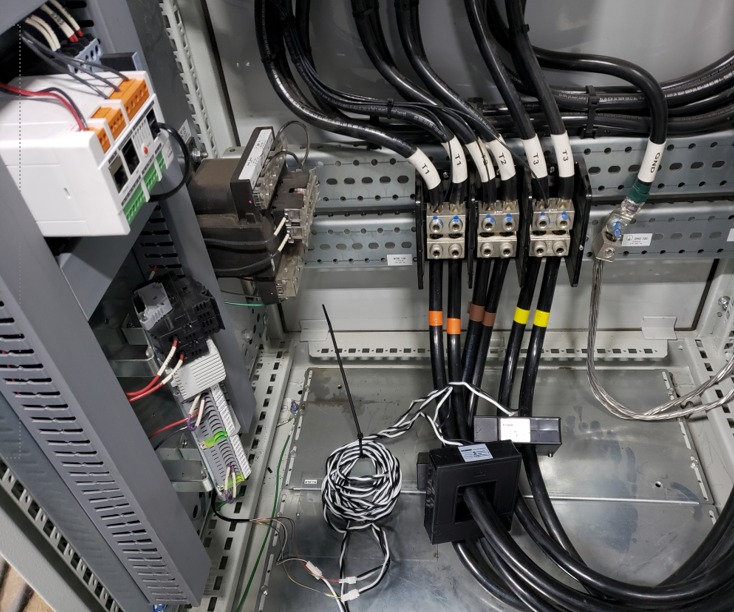
Model Based Fault Detection Systems
Fault detection systems are used to monitor the health and performance of complex systems, such as electrical power systems, manufacturing systems, and transportation systems. These systems can help identify potential problems before they cause significant damage or downtime, allowing operators to take corrective action and prevent costly disruptions.
Model-based fault detection systems are a type of fault detection system that uses mathematical models of the system being monitored to detect and diagnose potential problems. These models can be based on physical laws, engineering principles, or data-driven approaches.
One of the key advantages of model-based fault detection systems is their ability to provide detailed and accurate diagnoses of potential problems. By using a mathematical model of the system, these systems can accurately identify the root cause of a fault and provide precise information on what needs to be done to correct the problem.
Another advantage of model-based fault detection systems is their ability to adapt and learn over time. As the system being monitored changes and evolves, the model-based fault detection system can be updated and refined to continue providing accurate and reliable fault detection and diagnosis.

There are several key challenges to implementing model-based fault detection systems. One of the main challenges is developing accurate and reliable models of the system being monitored. This can be a complex and time-consuming process, especially for large and complex systems.
Another challenge is dealing with incomplete or noisy data. In many cases, the data used to build and update the model may be incomplete or noisy, which can affect the accuracy and reliability of the fault detection and diagnosis.

Despite these challenges, model-based fault detection systems offer many benefits and can be a valuable tool for improving the reliability and performance of complex systems. By providing detailed and accurate diagnoses of potential problems, these systems can help operators take corrective action and prevent costly disruptions.
More Interested:5 Key Advantages Of Condition Monitoring In Belt Systems
In conclusion, model-based fault detection systems are a powerful and valuable tool for monitoring the health and performance of complex systems. By using mathematical models to detect and diagnose potential problems, these systems can provide detailed and accurate information on what needs to be done to correct the problem. Despite the challenges involved in implementing these systems, the benefits they offer make them a valuable addition to any system monitoring and maintenance strategy.


